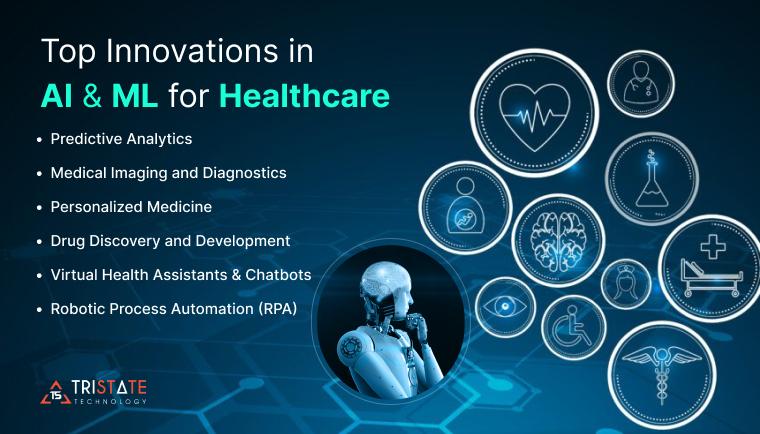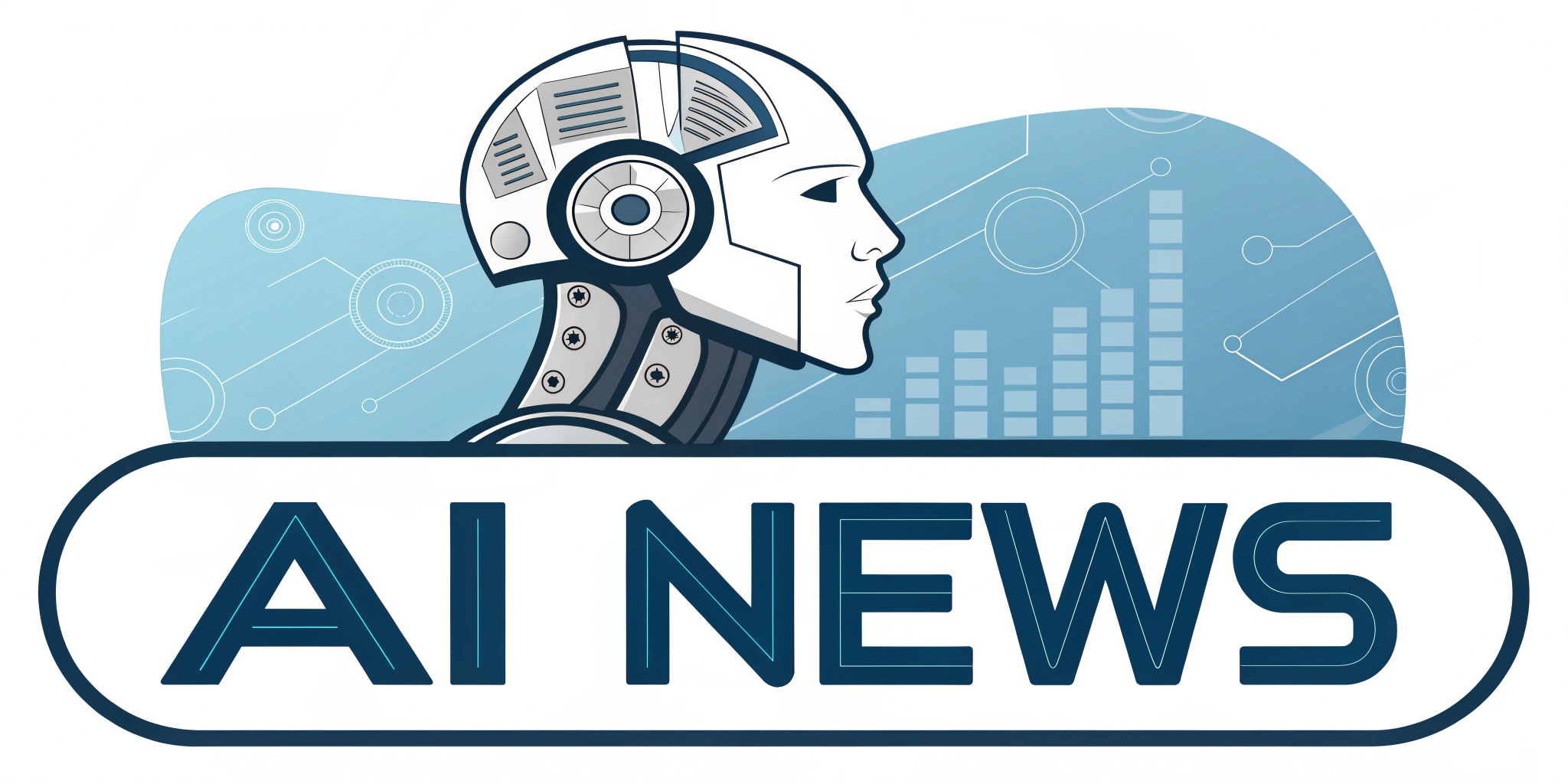The rapid integration of artificial intelligence (AI) into the realm of medicine is poised to revolutionize clinical practices, offering the promise of enhanced patient outcomes through smarter data management and decision support.However, this transformative technology is not without its hurdles, particularly on the regulatory front, as the Food and Drug Administration (FDA) contemplates classifying AI tools as medical devices. In a recent discussion with Dr. Scott Gottlieb, former FDA commissioner and current CNBC contributor, critical insights emerged regarding the intersection of AI with electronic medical records (EMRs). Dr. Gottlieb emphasized the potential of AI to streamline patient data analysis, drawing from various sources like laboratory tests and radiology reports to assist physicians in diagnosis and treatment recommendations. Yet, the shift in FDA guidelines raises concerns about the implications for physician autonomy and the risks of over-reliance on AI-driven insights. As this debate unfolds, the challenge remains to balance innovation with the necessary safeguards to ensure that healthcare providers remain integral to the decision-making process.
The Promise of AI in Enhancing Clinical Practices
The integration of advanced algorithms in clinical settings presents a groundbreaking opportunity to not only enhance diagnostic accuracy but also to personalize treatment approaches. Machine learning models can now analyze vast datasets that include genomic details, patient demographics, and past treatment outcomes. This enables healthcare professionals to identify patterns that might not be immediately evident through conventional analysis. Key advantages include:
- Predictive Analytics: Anticipating potential health issues before they become critical.
- Tailored Interventions: Customizing treatment plans based on individual patient profiles.
- Resource Optimization: Streamlining the allocation of healthcare resources to improve efficiency.
Furthermore, AI’s role in supporting clinical decision-making cannot be understated. By providing evidence-based recommendations, AI tools empower clinicians to make informed choices that align with the latest research and treatment protocols. These systems enhance collaboration within healthcare teams, ensuring that interdisciplinary insights contribute to a holistic approach to patient care. Such innovations not only foster complementary relationships between technology and healthcare providers but also emphasize the importance of maintaining ethical standards and accountability in clinical practices.
Navigating Regulatory Challenges in AI-Driven Medical Tools
As AI technologies evolve,navigating the intricacies of regulatory frameworks becomes paramount for developers of medical tools. The FDA’s potential classification of these innovations as medical devices necessitates compliance with established safety and efficacy standards. The implications extend beyond mere approval processes, influencing aspects such as data privacy, user consent, and the ongoing monitoring of AI systems post-deployment. Companies must engage in proactive dialogues with regulatory bodies,ensuring openness and adaptability in their AI models to meet evolving criteria. Key challenges include:
- Data Management: Ensuring that AI systems are trained on diverse and representative datasets to minimize bias.
- Validation Protocols: Establishing robust methods for continuously verifying the performance of deployed AI tools in real-world settings.
- Stakeholder Engagement: Collaborating with healthcare providers to refine AI functionalities based on actual clinical needs and workflows.
Moreover,addressing potential concerns about algorithmic suggestibility is critical to maintaining trust among healthcare professionals and patients. The push for rigorous clinical studies will not only facilitate regulatory approval but also enhance the credibility of AI solutions. Developers must recognize that obtaining approval is just one part of the regulatory challenge; ongoing compliance and real-time performance assessments are equally vital. As the integration of AI becomes commonplace, establishing a regulatory environment that fosters innovation while safeguarding patient welfare represents a important upcoming challenge for both industry players and regulators.
The Role of Physicians in an AI-Augmented Healthcare Environment
In an AI-augmented healthcare landscape, physicians are called upon to adapt their roles considerably. Rather than solely relying on traditional diagnostic methods, they now act as interpreters and integrators of advanced data analytics provided by AI systems. This requires a greater emphasis on critical thinking and clinical judgment, as doctors must discern when to rely on AI outputs and when to question or override them. As technology handles the heavy lifting of data processing, physicians are empowered to focus on the nuances of patient interactions, fostering improved patient experiences and adherence to treatment plans.Additionally, physicians must engage in continuous education to remain adept in utilizing AI tools effectively while understanding their limitations.
The dynamic interplay between technology and medicine also encourages a shift towards greater collaboration across specialties. Physicians are now working alongside data scientists, engineers, and AI specialists to refine clinical applications and ensure these tools align with real-world medical practices. This collaborative environment not only enhances the progress of more effective AI models but also promotes an ongoing dialogue about ethical implications, including patient privacy and algorithmic bias. By engaging in multidisciplinary teams, healthcare providers can contribute valuable insights that shape the evolution of AI applications, ensuring that technology serves as an ally in the pursuit of superior patient care.
Recommendations for Implementing AI Innovations Safely and Effectively
To successfully integrate AI innovations in healthcare, it is essential to prioritize interdisciplinary collaboration among clinicians, data scientists, and IT professionals. This cooperation ensures that AI tools are designed with a deep understanding of clinical workflows and patient needs. Establishing regular forums where feedback can be exchanged not only helps refine algorithms but also aids in addressing the ethical concerns surrounding AI use, such as maintaining patient confidentiality and minimizing bias in decisions. Involving all stakeholders early in the development process promotes a more complete approach to AI deployment, leading to solutions that are both practical and efficient.Key strategies to consider include:
- Integration Planning: Developing clear plans for integrating AI tools into existing healthcare systems to minimize disruptions.
- Training Programs: Implementing continuous education for all users to foster adaptability and maximize the effective use of AI technologies.
- Feedback Mechanisms: Creating structured channels for users to provide input on AI performance and effectiveness.
Furthermore, establishing a robust oversight framework is crucial to monitor the performance of AI technologies effectively. This involves setting up standards for periodic evaluation and updates based on real-world usage and outcomes. Continuous monitoring not only safeguards patient welfare but also enhances the credibility of AI applications in clinical settings. Engaging with regulatory bodies early on can streamline the approval process, while real-time data analytics can provide insights into the algorithm’s efficacy. Recommended practices to include are:
- Regular Audits: Conducting systematic evaluations of AI systems to ensure compliance with clinical and ethical standards.
- Performance Benchmarks: Establishing metrics for assessing AI outputs in comparison to traditional methods.
- Patient Involvement: Actively including patient feedback in the assessment processes to ensure AI tools are patient-centric.























